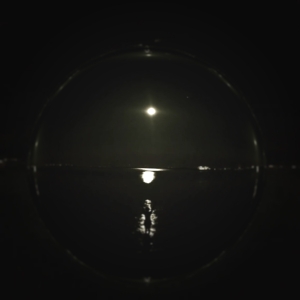Why ‘sublunar visions?’
“Have I not indeed been living in a dream? And am I not now dying a victim to the horror and the mystery of the wildest of all sublunary visions?”
This name arose as a conceptual play on words based on the Greek optical theory and the idea behind Edgar Allan Poe’s William Wilson. Similar to “a dream within a dream”, this tale conveys the possibility that the Universe itself is a fabrication, with the narrator presenting from the beginning a vague suspicion about his ‘world’ and even his ‘self’ showing dream-like qualities and not being entirely real.
In Aristotelian physics, the concept of the sublunary sphere is comprised out of the geocentric cosmos underneath the Moon which unlike the Universe outside of it, is ever-changing and subject to the laws of physics. During the Hellenistic period, optical theories postulated that a physical connection between the eye of the observer and that which was observed existed. Galen, a second century physician defines it in his book ‘On the Doctrines of Hippocrates and Plato’ as follows:
“A body that is seen does one of two things: either it sends something from itself to us and thereby gives an indication of its particular character, or if it does not itself send something, it waits for some sensory power to come to it from us.”
In more symbolic terms this can be understood as meaning being conveyed by that which is observed, or in the absence of this, from the observer himself. The original classical notion has however, a more tangible approach at its core.
While the theories were numerous and varied, they were identified by historian Mark Smith as usually falling into one of three categories: extramissive, intramissive, or intermediate. Extramission and intramission imply that something is either transmitted from the eye to the observed, or viceversa, whilst the intermediate ones are a combination of the previous two, integrating other aspects such as affinity or sympathy, meaning that whatever is being observed has a pre-existing connection to the observer.
The purpose and the name of the account are related. They mean to show that everything is intertwined, as well as a formulation of our perception. In a way, it seeks to create an affinity between the observer (that’s you!) and various ideas, sparking a little wonder in a world of increasing distractions and decreasing curiosity, perhaps even broadening your vision to achieve a more encompassing one.


